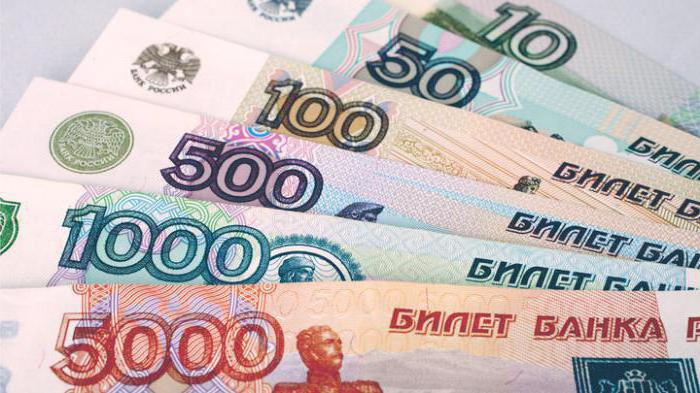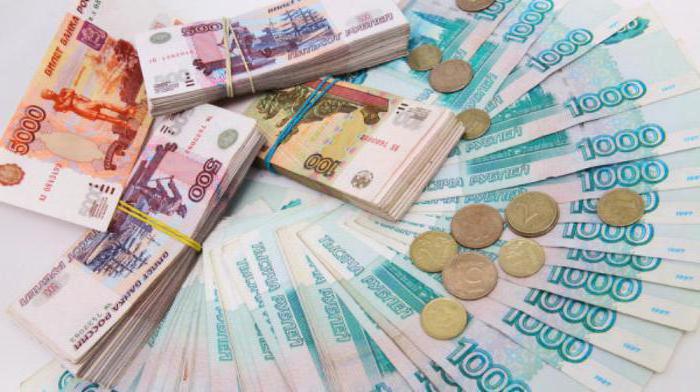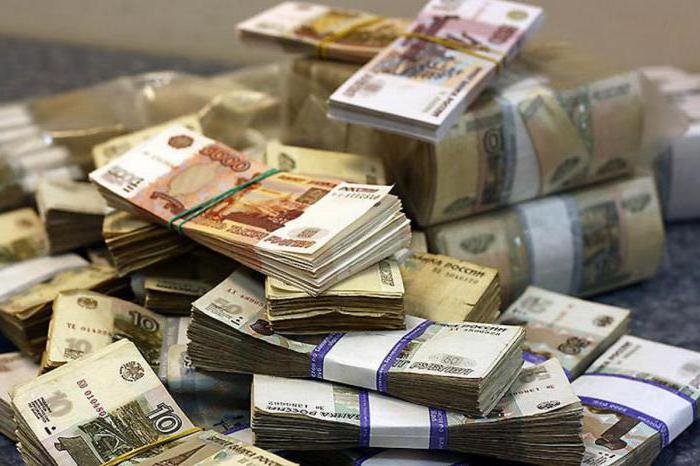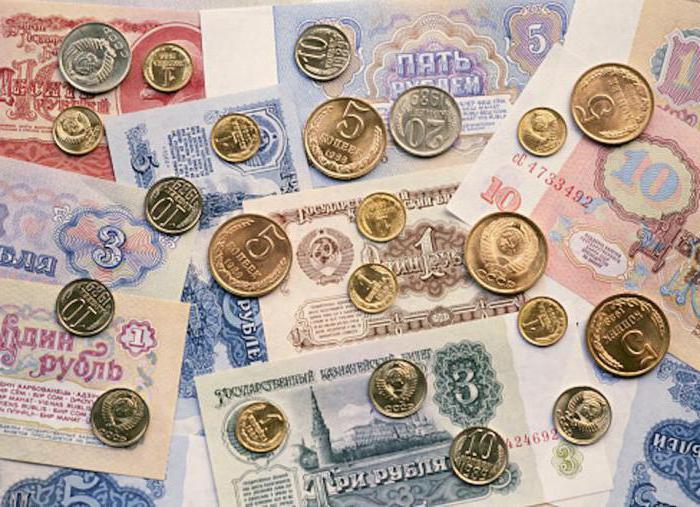Refinancing rates of the Central Bank of the Russian Federation are one of the most effective instruments for influencing the financial markets of the country and the entire economy. What are they? What effect do they have?
general information

First, let's deal with terminology. Refinancing rate is understood as the percentage on an annualized basis, which is charged by the Central Bank (or other state body responsible for monetary policy) for funds issued to commercial structures. Typically, money is provided for one night to maintain liquidity and help fulfill current responsibilities. This is one of the simplest and at the same time effective tools for regulating the state economy.
Impact on the business sector

Consider the situation with the Russian Federation. Suppose that the refinancing rate of the Central Bank of the Russian Federation has been reduced. In this case, the economy will be stimulated. Loans will become cheaper. First, banks will feel it, then business, then consumers. Demand for services and goods will increase. And as a natural result - economic growth. But if everything is so good, then why is it not kept at zero?
There are reasons for this. The global economy is developing cyclically. At a certain stage, the market is overheating. And in order to avoid a collapse, certain control measures are taken by the regulatory authorities. For example, slowing down economic processes by increasing the size of the Central Bank's refinancing rate. The Russian Federation, by the way, went exactly this way when the 2014 crisis arose as a result of territorial divisions.
What can be observed in this case? Well, everything is simple here - the amount of borrowing is reduced because loans become more expensive. Enterprises take less money on the development of production. At the same time, consumer lending is falling. Economic growth is slowing down. Thanks to this descent of steam, you can avoid the economic crisis or make amends for its consequences.
Currency Impact
Anyone who thinks that this applies only to lending is fundamentally mistaken. Refinancing rates of the Central Bank of the Russian Federation also strongly affect the currency market. And here the situation is diametrically opposite. Thus, a decrease in the rate leads to a weakening of the currency. This mechanism may not be entirely clear, so let's look at it more closely. Suppose the rate was cut by 0.5%. In this case, short-term investments in rubles become less profitable. At the same time, automatic quotes for contracts and the current rate are omitted. The reverse is also true.
Fiscal role

This is more fair and real for the countries of the former Soviet Union. Why? The fact is that the refinancing rate is also used as a basis for a number of calculations. Let's look at a few examples:
- In case of non-payment of taxes in the allotted period, a penalty is charged in the amount of 1/300 of the refinancing rate for each day when there was a delay. That is, with the indicator set by the Central Bank of 15% every day, 0.075% will run.
- Interest on ruble deposits that exceed the refinancing rate by five or more percentage points is subject to personal income tax.
- If the loan agreement did not specify for what remuneration the funds are transferred, then they are paid in accordance with the indicator set by the Central Bank.
There is still a fairly large number of such use of the bet, but listing all of them is rather problematic. But what do decision makers come from when making a decision? Let's pay attention to the aspects that are considered by employees of the Central Bank.
Inflation dynamics

The Central Bank refinancing rate is an indicator that depends on many factors. One of the most significant is the dynamics of inflation. In the Russian Federation, it fluctuates around approximately 4%. At the same time, a high degree of homogeneity is observed across regions and the consumer basket. At the same time, the increase in prices for the group of food products slowed down significantly, much stronger than previously expected. All this affects the size of inflation in the direction of its decrease. To maintain this situation, it is necessary to reduce the sensitivity of negative expectations from the price environment. Even more, suggestions are being made to reduce the rate to support economic growth.
Monetary conditions
In fact, it is an environment that forces the population to act in one way or another. Now, against the backdrop of economic activity and the restoration of incomes, a tendency of the population to save is observed. Moreover, for several years already, a gradual decrease in the size of the refinancing rate of the Central Bank has already been observed. Accordingly, commercial financial and credit institutions lower interest on which loans are issued. At the moment, a policy has been chosen to consolidate the inflation rate of 4% and further reduce inflation expectations.
Economic activity

As we recall, the Central Bank's refinancing rate should prevent the economy from overheating. But now it’s hard to say that there is a need for this. In the second quarter, the level of GDP exceeded forecast estimates. Consumer and investment demand and the restoration of inventories have a positive effect. At the same time, their growth activates inflationary risks due to the expansion of the supply of services and goods. Typical is the continued growth of the manufacturing industry, and the volume of construction work began to increase. In addition, mining and trade made a significant contribution.
It should be noted that the increase in economic activity is associated with both one-time and persistent factors. According to the results of 2017, GDP is expected to increase by 1.7-2.2%. It should be noted that, despite this rather good situation, the forecast for the medium term has not been changed. It also provides for restrictions on economic growth in the form of a shortage of production capacities and skilled personnel in certain segments. In order to exceed the threshold of 2%, structural transformations of the economy are needed, and not just the use of the refinancing rate.
Inflation risks

At the moment, money is getting cheaper at a rate of about 4% per year. Moreover, in the medium term, an increase in inflation is more likely. That is why there is a desire, as already mentioned above, to reduce the refinancing rate even further. At the moment, the source of inflation volatility is price fluctuations for food groups. There are short-term factors that can lead to deviations from the indicator of 4%, but, as it is believed, they will not have a stable character. In the medium term, inflation risks are unchanged.
Fluctuations in prices in the commodity and commodity markets of the world can have a big impact. The policy of reducing risks associated with changes in oil prices continues. In addition, it is expected to increase the structural deficit of labor resources. Due to this, a situation may arise when productivity will grow slower than wages.Another significant source of inflationary pressures may be changes in households, which is associated with a significant reduction in the propensity to save. And the last significant factor is the sensitivity for a group of services and goods in terms of exchange rate dynamics. All this in one way or another affects the refinancing rate, which is adopted by the Central Bank of the Russian Federation.
What now?
Over the entire period of the existence of the Russian Federation, the refinancing rate has changed in a significant range. In the nineties it happened that she was a three-digit number! In recent years, it has fluctuated around an indicator of 8%. It should be noted that since the beginning of 2016, its size corresponds to the value of the key rate. This was done to simplify administration.
Conclusion

As you can see, this tool has a fairly wide application and possibilities of use. But for effective implementation, you need to have a lot of knowledge. So, the article described many points that guide the senior employees of the Central Bank. But in order to professionally understand them and what ultimately needs to be done, such general information is not enough. Even specialized knowledge alone is not enough.
Specialists of the Central Bank work with a large amount of information, which very often simply comes in a structured form. After this, it is necessary to draw certain conclusions that allow you to make the right decisions. For this, the data are used for numerous calculations, and it is not possible to do without coefficients that reflect the situation in the form of a small number of digits.
In general, the Central Bank, even for such a situation as we have developed, even if it does not satisfy many and causes a flurry of criticism, it should work a lot.